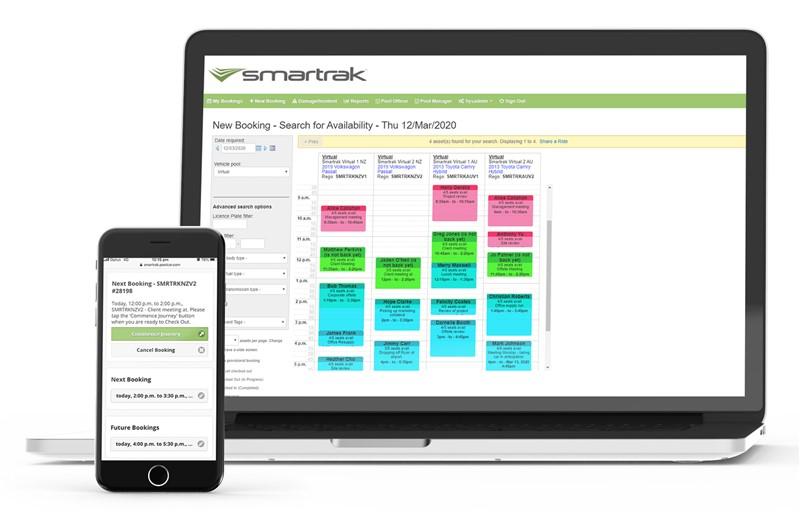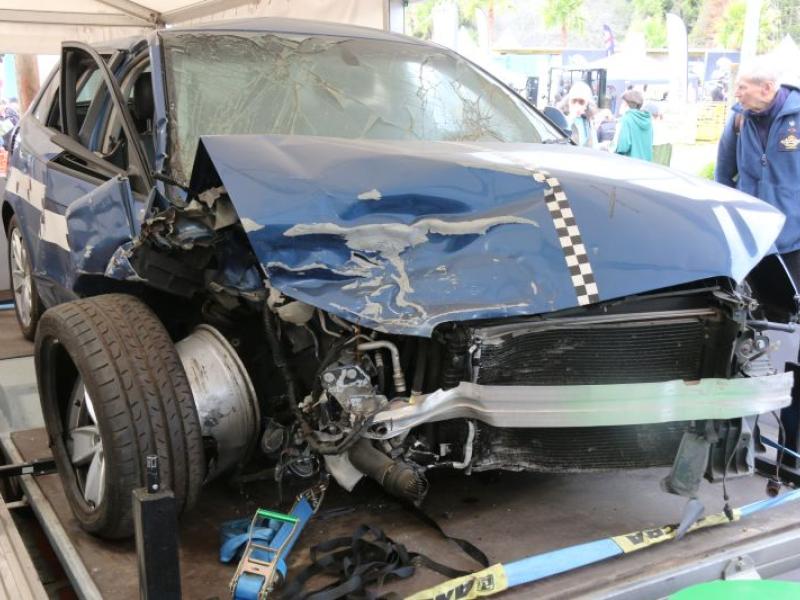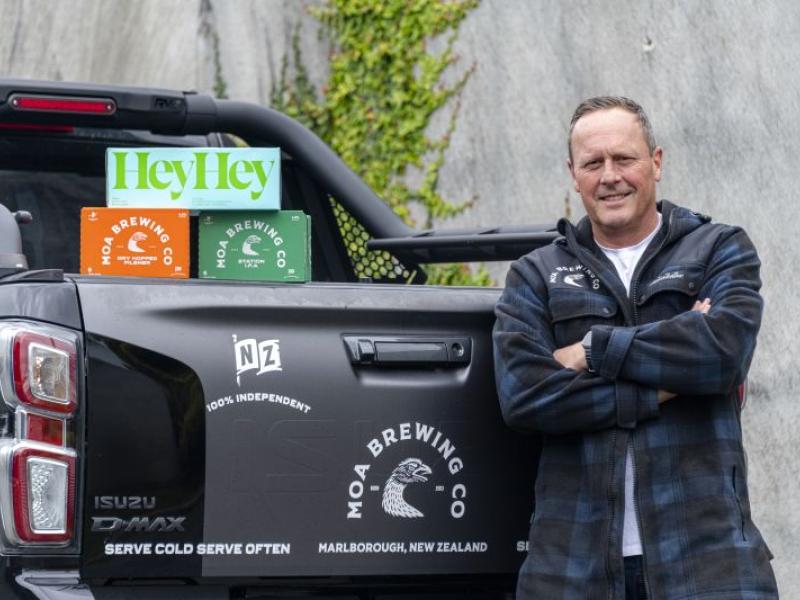Timing alone is a challenge: balancing utilisation, lease periods, cashflow, and new technology with used market value.
The first question every fleet manager should be asking is whether they need to replace that disposed of vehicle, or is this an opportunity to de-fleet?
Take the guesswork out of replacement decisions
Taking control of your fleet replacement program is best done with access to data on vehicle utilisation and a secondary lens on fleet requirements (some vehicles are essential despite low utilisation).
Achieving this visibility to support decision making is ideally done through a combination of vehicle booking data and in-field usage data (GPS tracking). These two data sets highlight assets that are likely underutilised – and also identify the types of vehicles they can be replaced with.
A third piece of data which can help support a replacement decision is vehicle emissions data. It’s likely not all vehicles are able to be replaced with Zero Emission Vehicles (ZEV) in the short-term. But reducing and minimising your vehicle emissions through smart vehicle choices and identifying the largest emitting assets in your fleet (for replacement) is a great first step in your current replacement cycle.
Shaping your fleet for the future
Balancing organisational priorities of cost and ensuring an appropriate supply of vehicles to continue operations isn’t easy. And now, with the additional requirement to reduce emissions, an additional spanner is being thrown into the works.
Adopting ZEVs is a clear first step for most fleets because it maintains existing fleet size. But increasingly organisations need to start looking at the option of de-fleeting and improving the utilisation of their existing fleet to ensure they can maximise those cost saving opportunities – especially when facing the increased costs of transitioning to ZEVs.
The business case for ZEVs does also encompass whole-of-life costs, which can be marginally higher than a conventional vehicle, although many ZEVs have lower operational costs than their ICE equivalents thanks to their simpler mechanical components.
This benefit is only reinforced if your organisation measures and offsets fleet emissions.
Right-size your fleet
The biggest opportunity most fleet managers face in the next cycle of vehicle replacements is to right-size their fleet by taking advantage of a pooled fleet strategy. Maximising the utilisation of your existing fleet vehicles is only achievable when you cut the ties of 1:1 ownership of vehicles, and instead open access to your vehicles more widely.
Up to 10 percent reductions in fleet size are often seen by many organisations which adopt a pool booking solution – and without any adverse impact on operation, all because utilisation is maximised.
With a reduction in vehicles, overall fleet costs can be balanced – even while adopting more expensive ZEVs. You are also continuing to drive down the fleet’s emissions.
For more information on de-fleeting and emissions reduction strategies, talk to Smartrak, which offers a range of solutions to develop the essential utilisation datapoints, and automatically track and report on your fleet emissions or visit the https://smartrak.com/ website.






